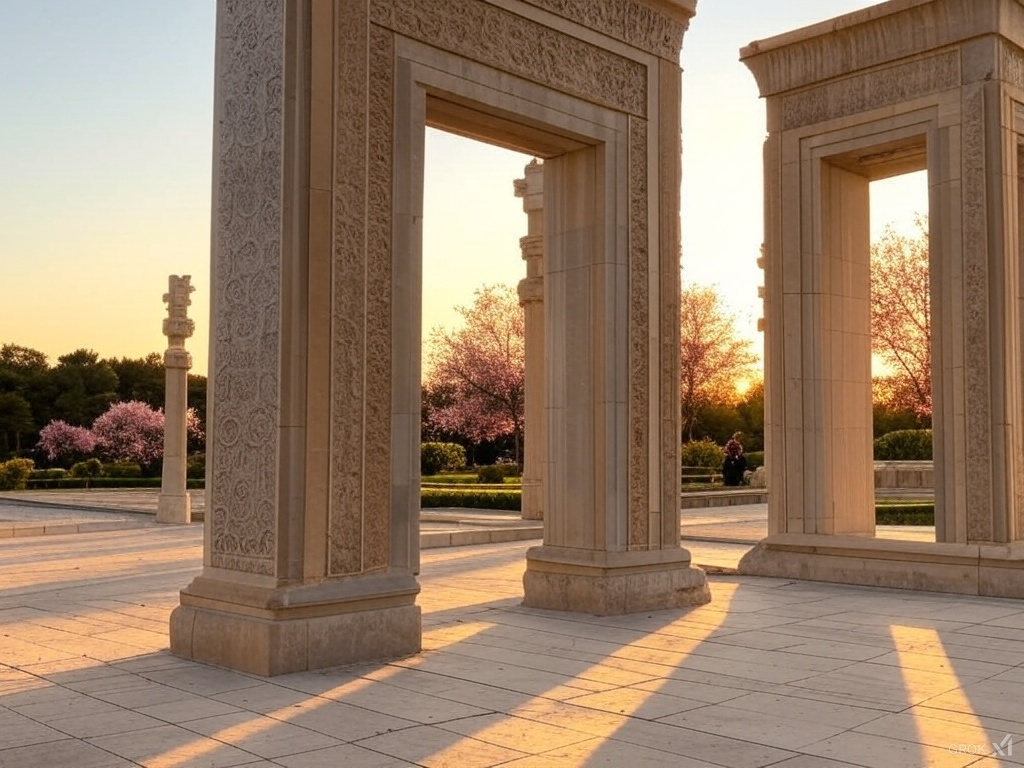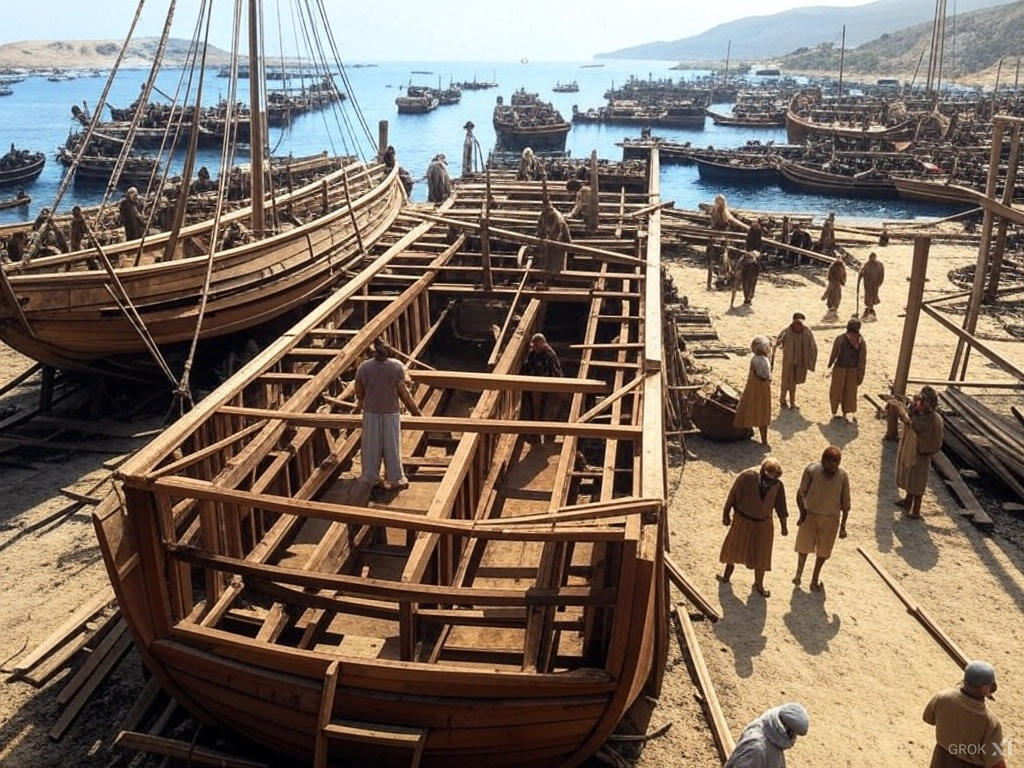The Druids, the priestly class of the ancient Celts, played a central role in the spiritual and cultural life of Celtic society. Their rituals and ceremonies were deeply connected to nature, celestial events, and the cycles of the seasons, reflecting their reverence for the natural world.
One of the most significant aspects of Druidic practice was their observance of seasonal festivals. Samhain, marking the end of the harvest season and the beginning of winter, was a time of ancestral veneration and divination. Imbolc honored the goddess Brigid and symbolized renewal and fertility. Beltane celebrated fertility and protection through fire rituals, while Lughnasadh was a harvest festival dedicated to the god Lugh.
Druids performed their ceremonies in sacred groves, near rivers, and at stone circles, believing these locations held spiritual power. Their practices included offerings to deities, divination using natural elements, and complex rites to ensure prosperity and protection. Some historical accounts suggest they engaged in human and animal sacrifices, though the extent of these practices remains debated among scholars.
Beyond religious functions, Druids also served as judges, healers, and advisors, holding significant influence in Celtic society. Their wisdom and oral traditions preserved the history and laws of their people, reinforcing their role as cultural custodians.
The legacy of the Druids endures in modern Pagan and Druidic revival movements, demonstrating the lasting impact of their spiritual traditions on contemporary practices. Their deep connection to nature and the cosmos continues to inspire those seeking to reconnect with ancient wisdom and ecological spirituality.


























